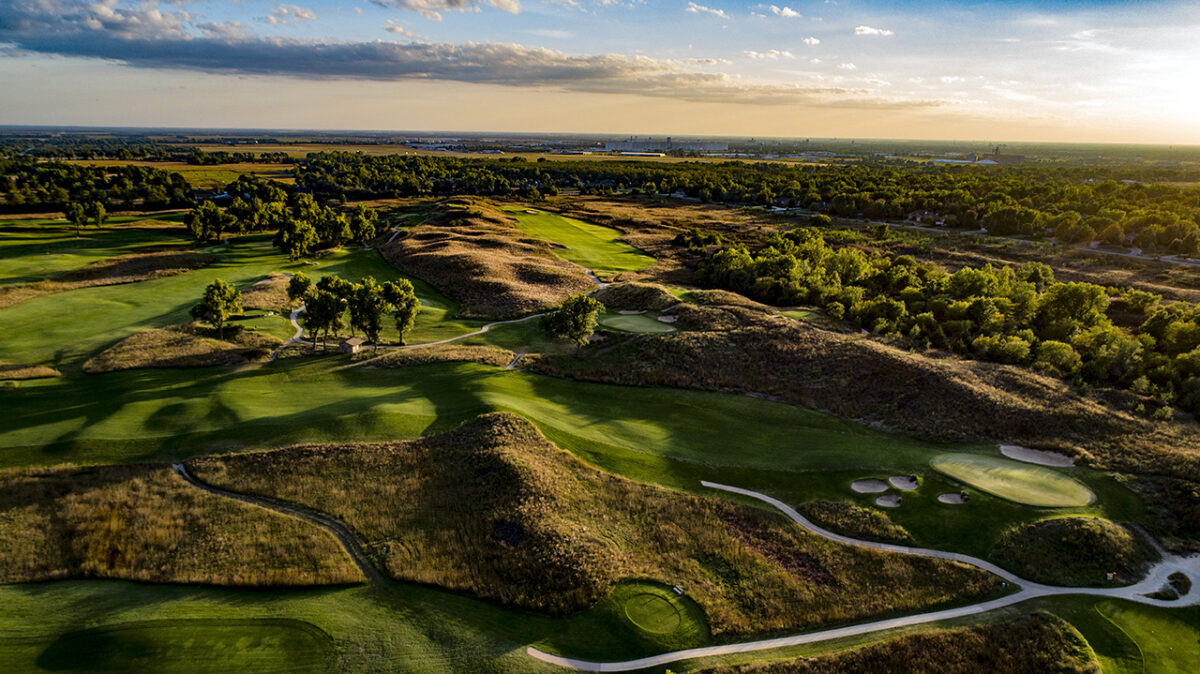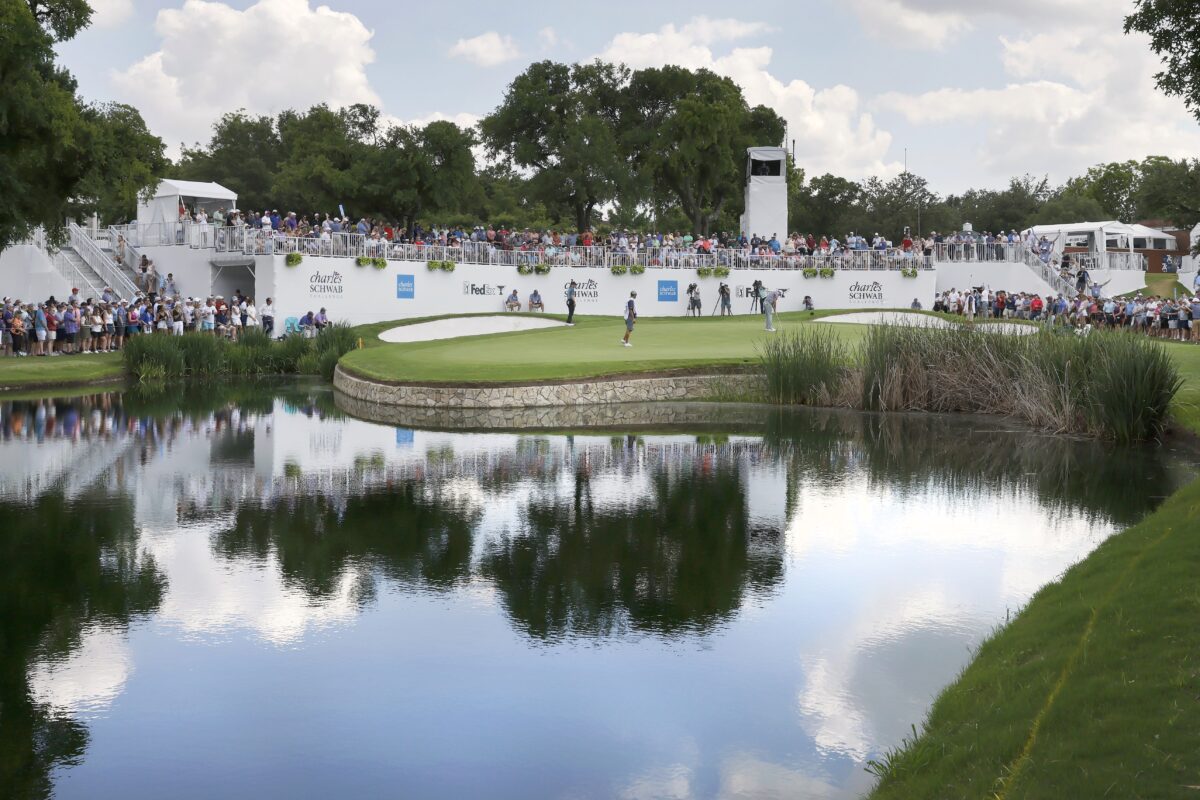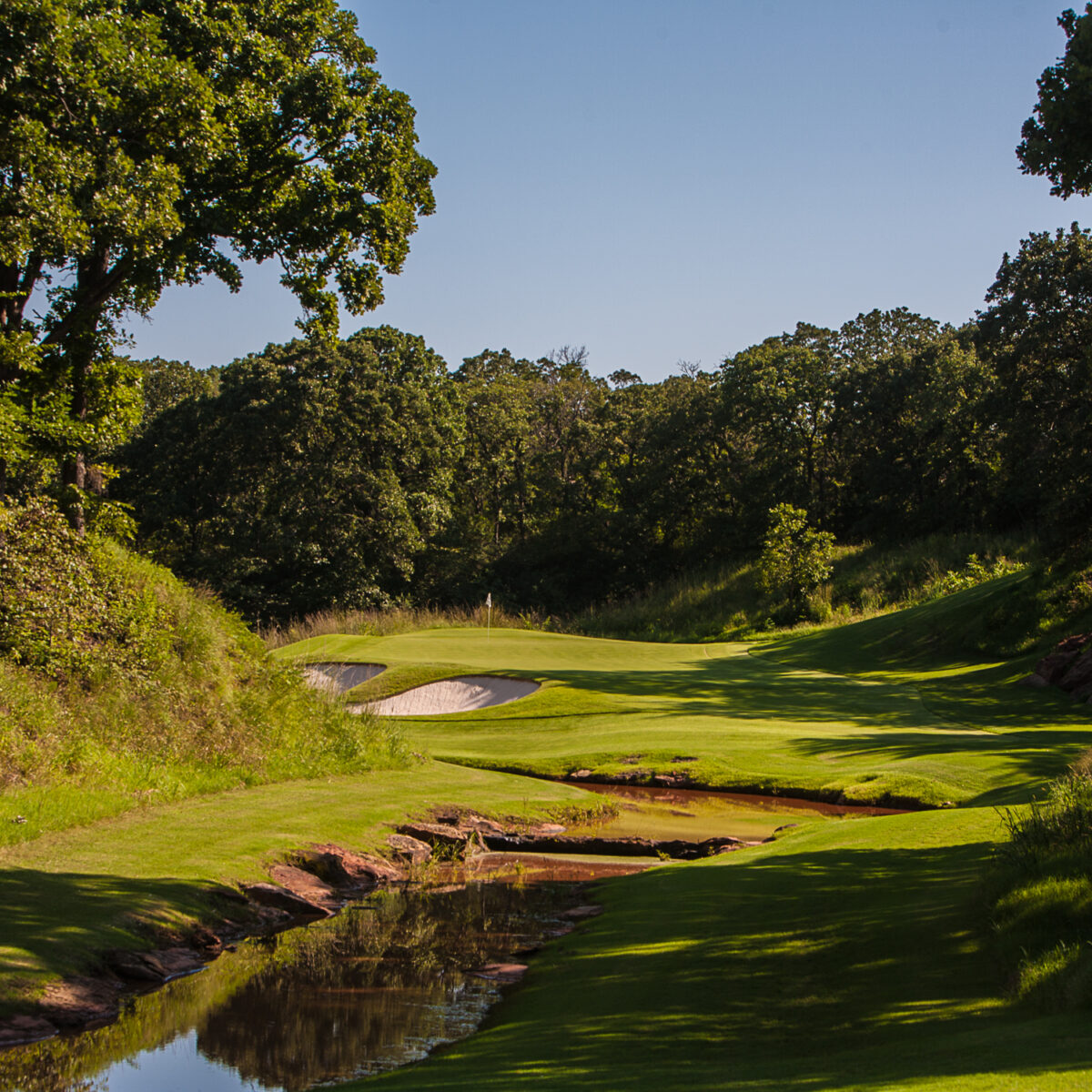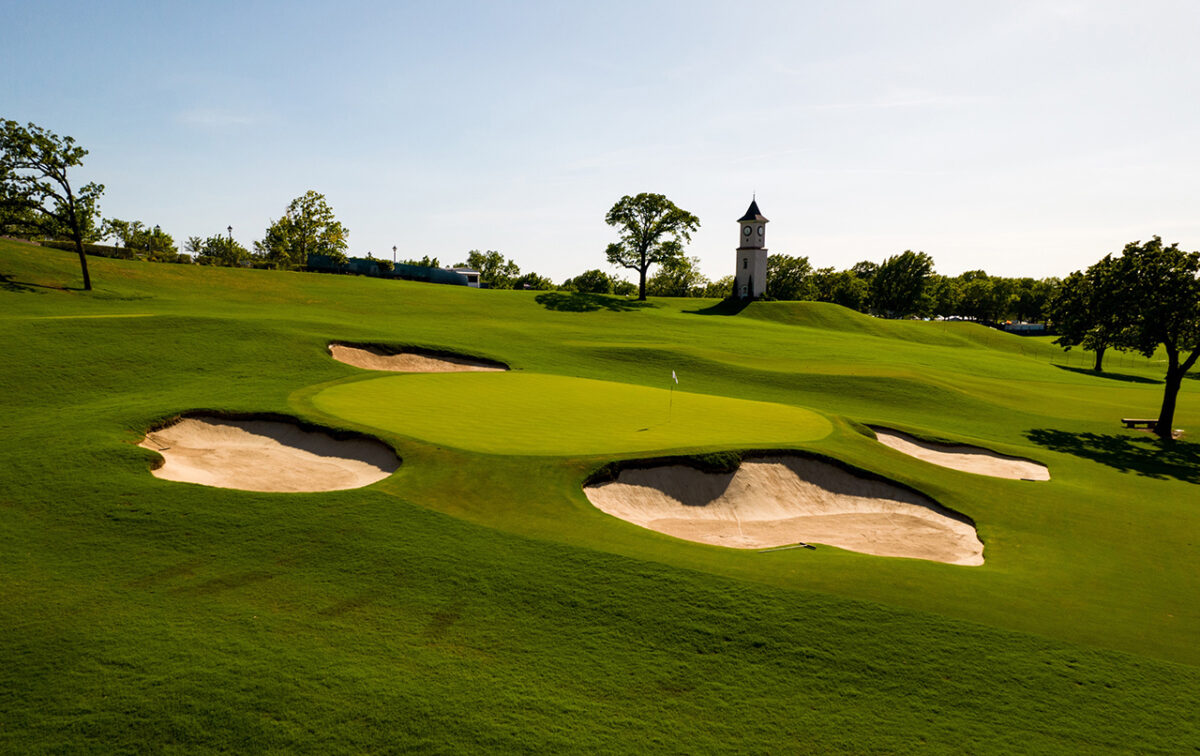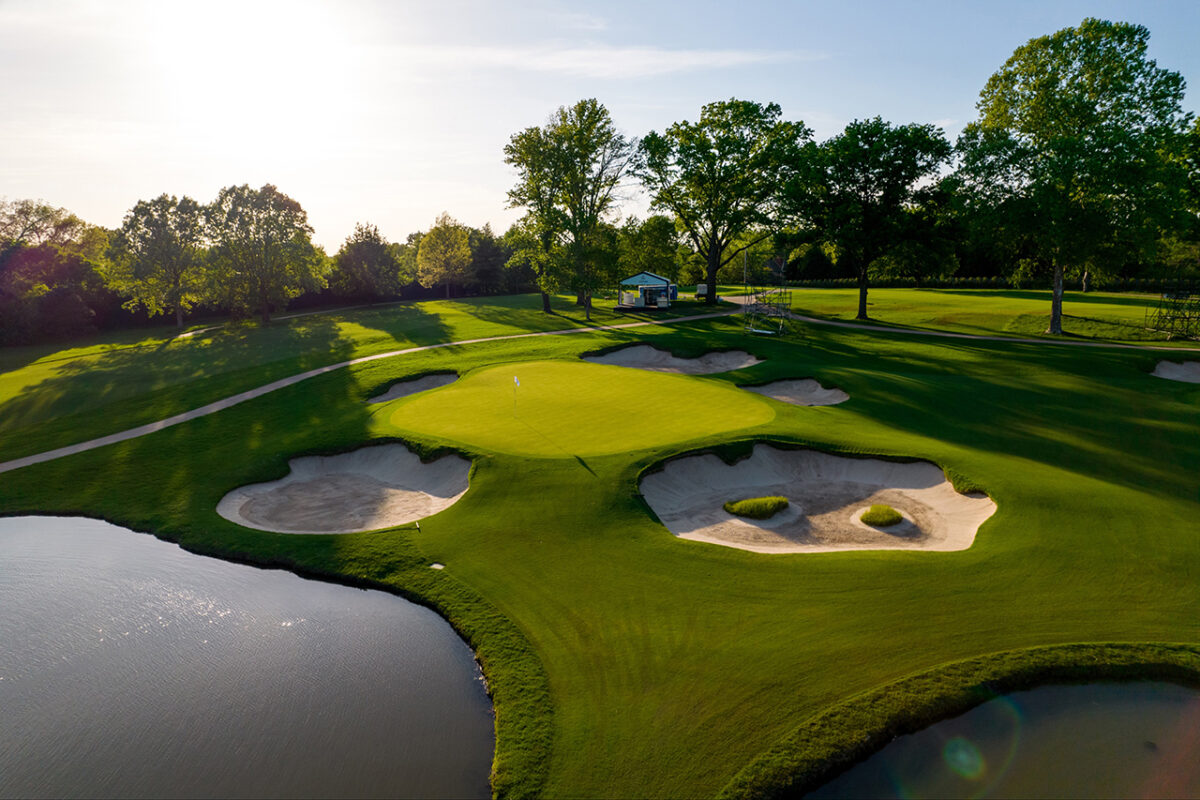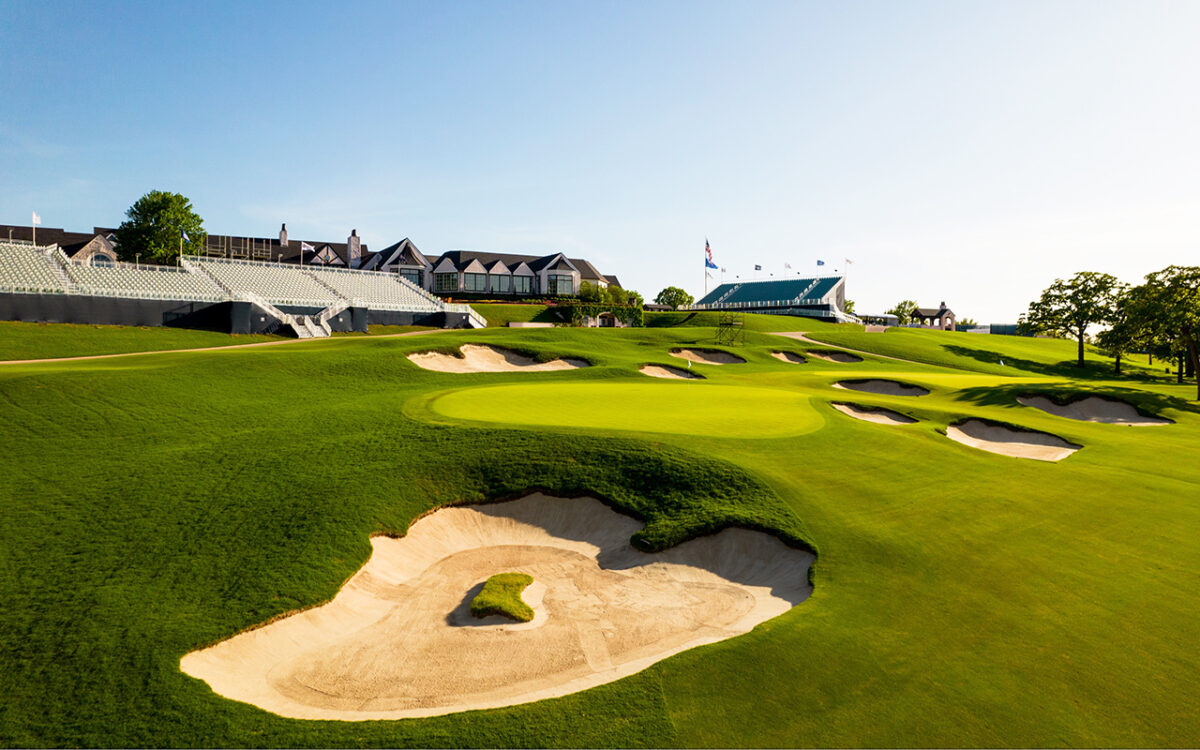To know Oklahoma City Golf & Country Club is to know Perry Maxwell. To know Maxwell is to know the history of American golf architecture. And the country club north of downtown Oklahoma City, which is hosting this week’s Jackson T. Stephens Cup, has plenty of stories to tell in its more than 100-year history.
In 1911, 300 residents of Oklahoma City founded the club, which was born in a different location about 3 miles south of where it’s located present day.
The club’s membership grew like wildfire, and ideas quickly became talking points regarding relocation. G.A. Nichols, the developer of Nichols Hills, a suburb north of Oklahoma City, dreamed of creating a “perfect” subdivision for families. A golfer, Nichols believed an essential part of the development was to centralize a prestigious golf course.
Enter Maxwell, who lived in Ardmore about two hours south of Oklahoma City. He was making a name for himself in the 1920s after his first golf course design, Dornick Hills, was noted for its stern challenge but playability for all skill levels.
The golf course at Oklahoma City Golf & Country Club opened in 1929, with the help of Alister MacKenzie, and has never looked back.
A year later, Nichols proposed a trade to the officers of the Oklahoma City Golf & Country Club: the 160 acres of land on Western for 163 acres in Nichols Hills with a clubhouse, swimming pool, and 18-hole Perry Maxwell designed golf course. In November, 1930, the board members of the
Oklahoma City Golf & Country Club had their first meeting in the new club, and this became the club’s permanent location.
For the members, little did they know how significant that trade of land would become in the history of American golf architecture and golf in Oklahoma, as well.
Maxwell would go on to design Southern Hills Country Club in Tulsa, which has hosted numerous major championships. He also had a hand in renovating Augusta National Golf Club, where the Masters is held each year. In Oklahoma City, he also designed Twin Hills. The list goes on.
For Oklahoma City Golf & Country Club, it’s one of the most storied courses in the state, and its significance shines even brighter after a recent renovation completed in 2020.
Trip Davis and Associates renovated greens and bunkers, drainage, cart paths, tee boxes and re-grassed most of the course, using Latitude 36 Bermudagrass for tees and fairways, and 007 bentgrass for the greens. Work also included restoring the original irregular shape of the tees, returning strategic widths in fairways and removing many introduced trees, plus restoring strategic intent of the bunkers and the size of the original greens.
“The greens were 75 percent what Maxwell had left, which we worked to preserve and we restored parts of what had been lost – areas along the edges of greens and some hole locations that are not usable at modern green speeds,” Davis said in interview with Golf Course Industry.
“The last time we had redone the greens was in 1994,” added Tim Fleming, the Director of Golf at OKC G&CC. “The routing is pretty much the same, even if some of the holes did change a bit.”
From the opening tee shot, Oklahoma City Golf and Country Club stands out. The first tee plays across the driving range to a hard dogleg left par 4, and from there, it’s a Maxwell classic.
There is water in play on 11 of the 18 holes, whether winding creeks or ponds. There are also classic rolling hills and tree-lined fairways throughout the property, a classic Maxwell design of using the natural contours and slopes of the lands to craft a golf course.
Another highlight of the course is holes 10-14 are across a road and reachable through a tunnel, seemingly a separate piece of property, but therein lies a couple gems.
There’s the strategic par-4 12th, which players can attempt to drive the green over trees or layup into an area that will leave a wedge in. Next is the par-5 13th, one of the most unique long holes in the country. It boomerangs left to right around the 11th and 12th holes and requires precision on each shot for a birdie chance. The par-4 14th is a brilliant Maxwell design, a narrow driving corridor with huge hills falling toward the green about 100 yards out and a tricky putting surface surrounded by bunkers.
The closing stretch is brilliant. The par-3 15th is short but primarily plays in a crosswind, and strategic bunkering penalizes mishits. The 16th is a reachable par 5 that plays uphill with a sloping fairway from right to left. Then the 17th and 18th play downwind, but more well-placed bunkers and tricky green complexes don’t guarantee anything coming home.
Oklahoma City Golf & Country Club has hosted numerous competitions over the years including the U.S. Amateur (1955), the Trans-Mississippi Amateur, Women’s Southern Open, Western Amateur, Women’s Western and U.S. Open qualifiers. Next year, it will host the U.S. Women’s Amateur Four-Ball.
And this fall, some of the best college players in the country will experience the Maxwell masterpiece.
“Everybody is excited,” Fleming said. “The next Scottie Scheffler or Nelly Korda could be here.”
